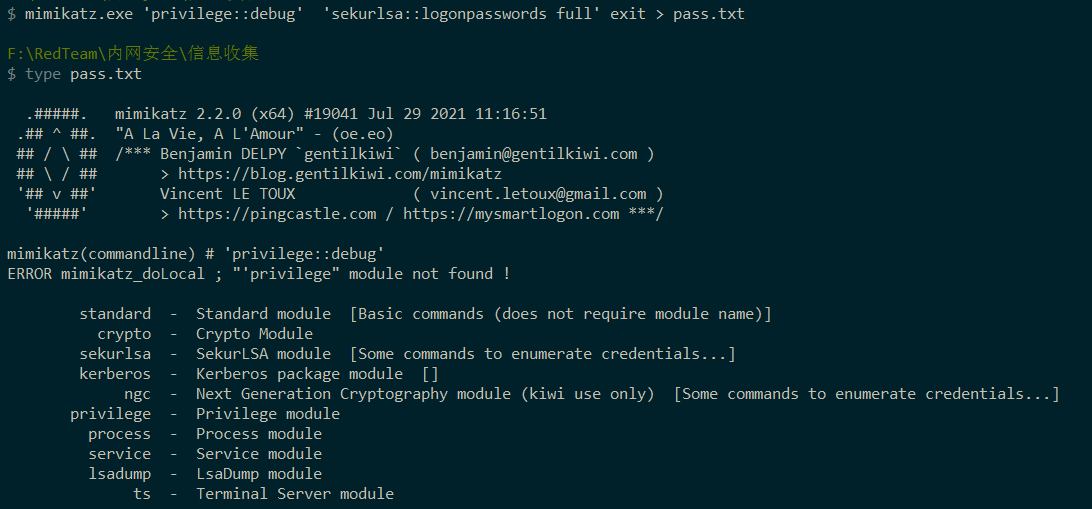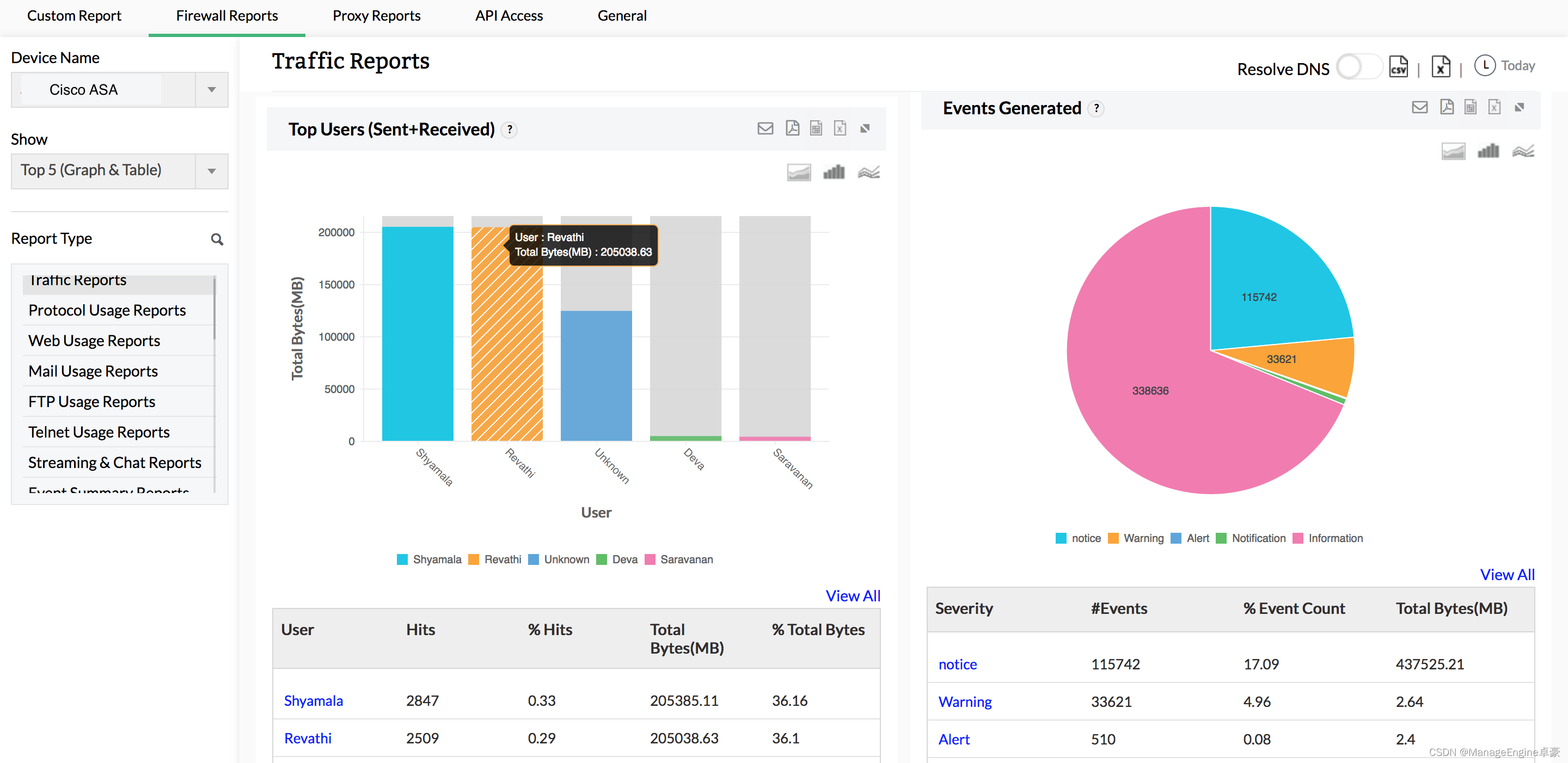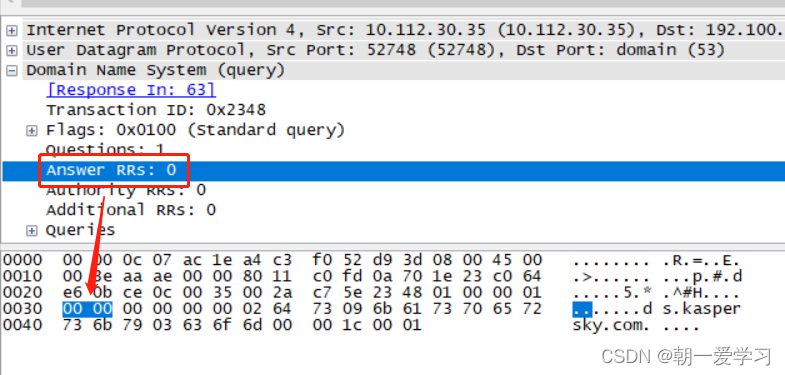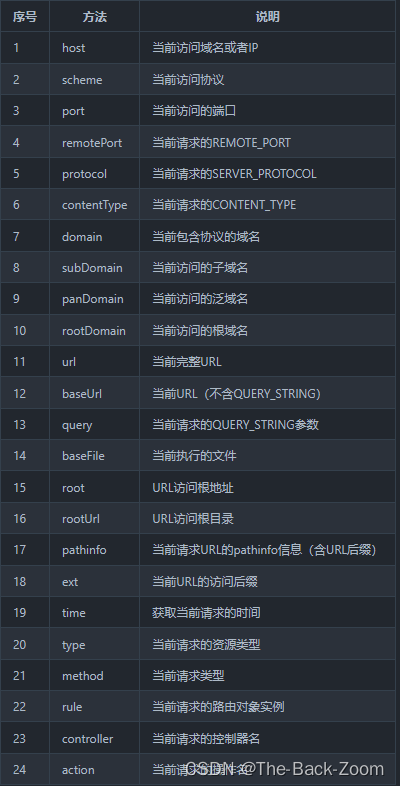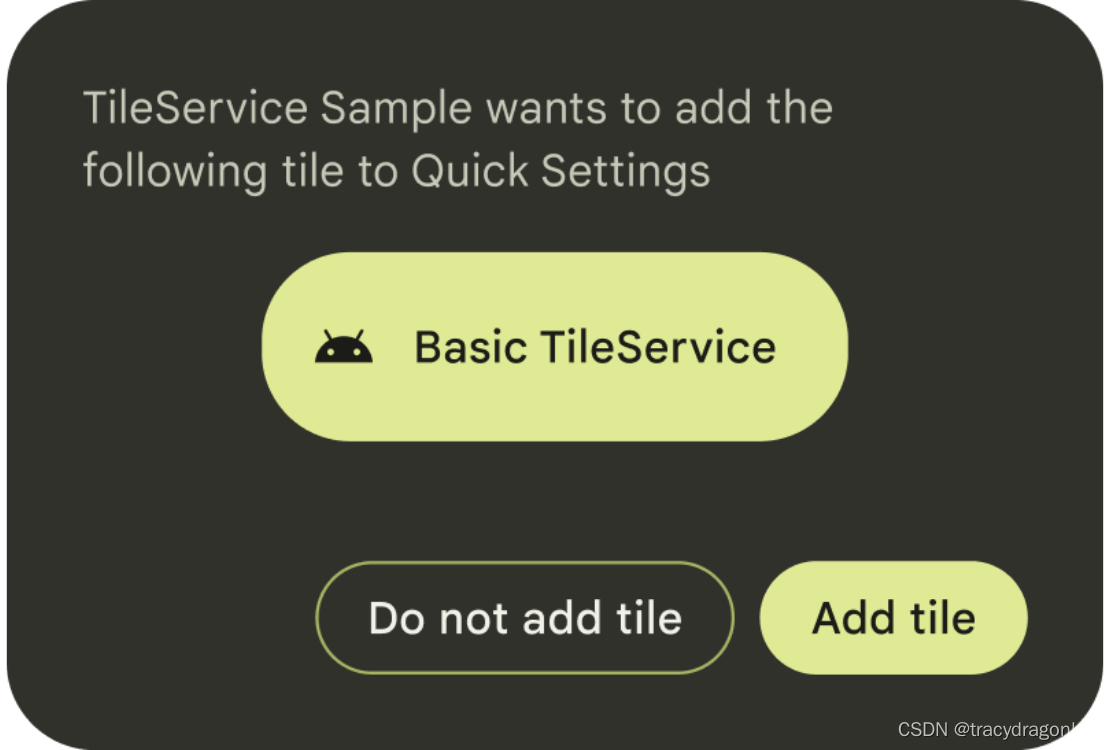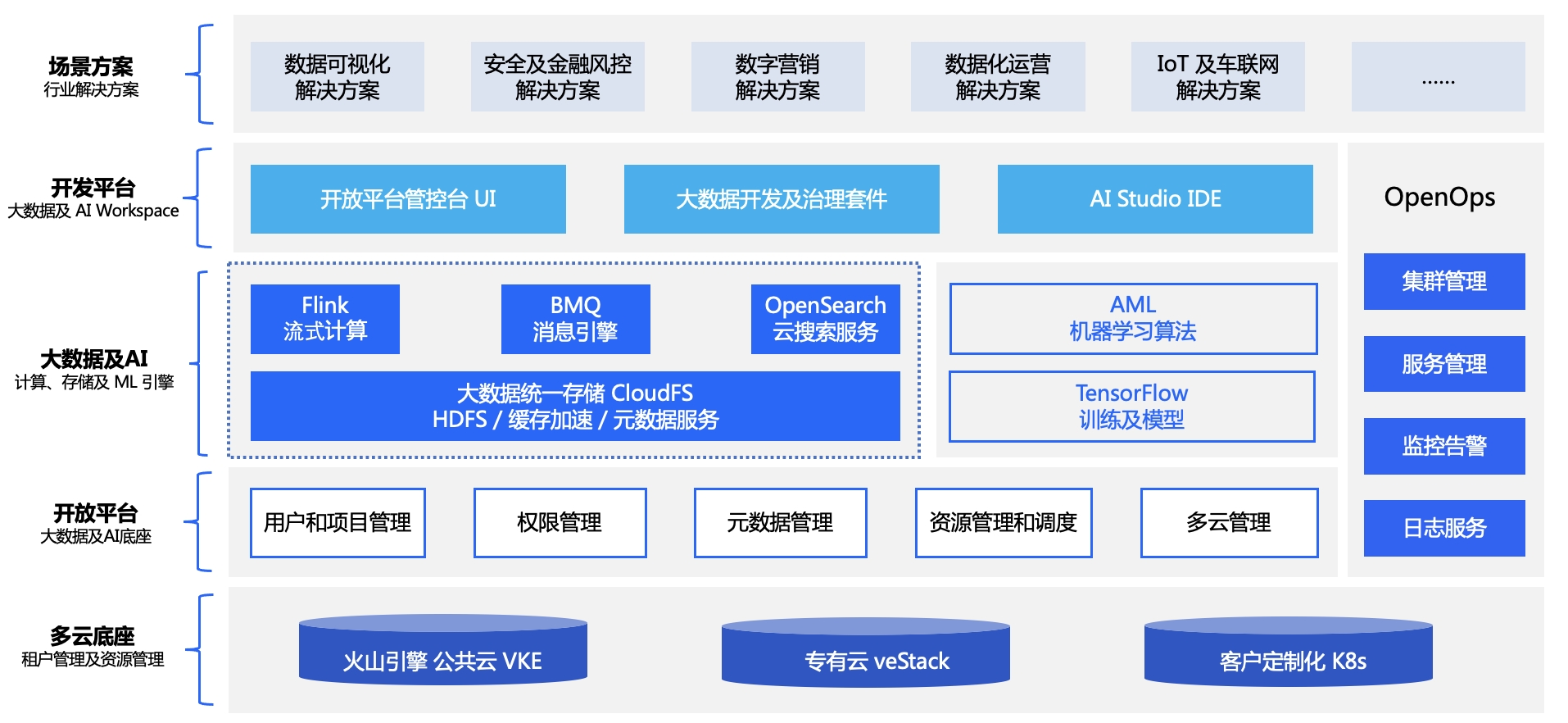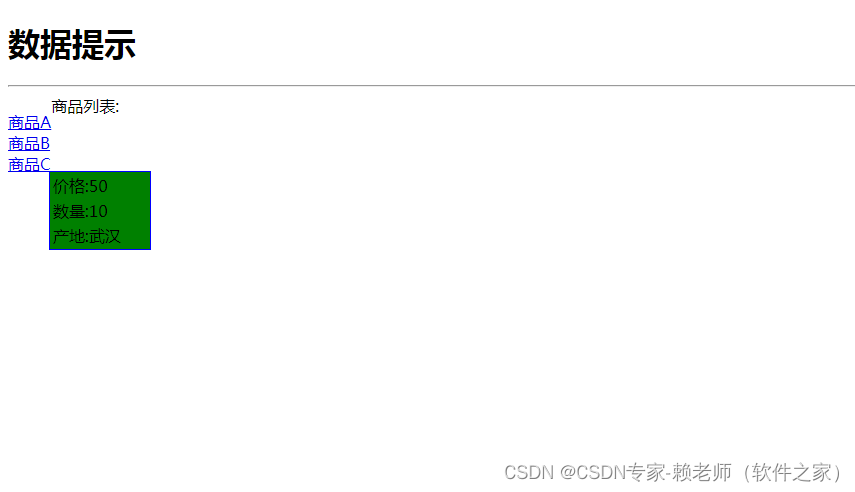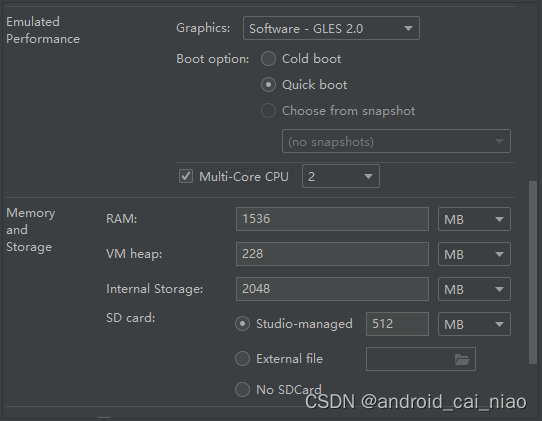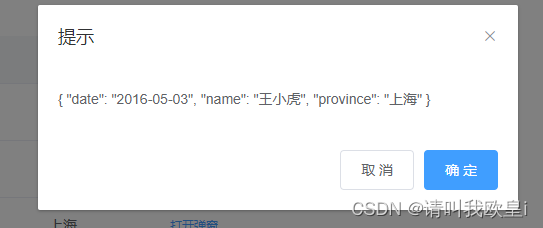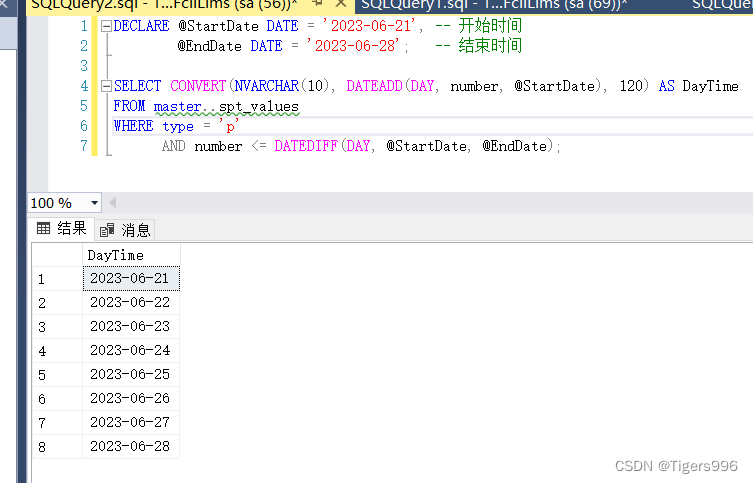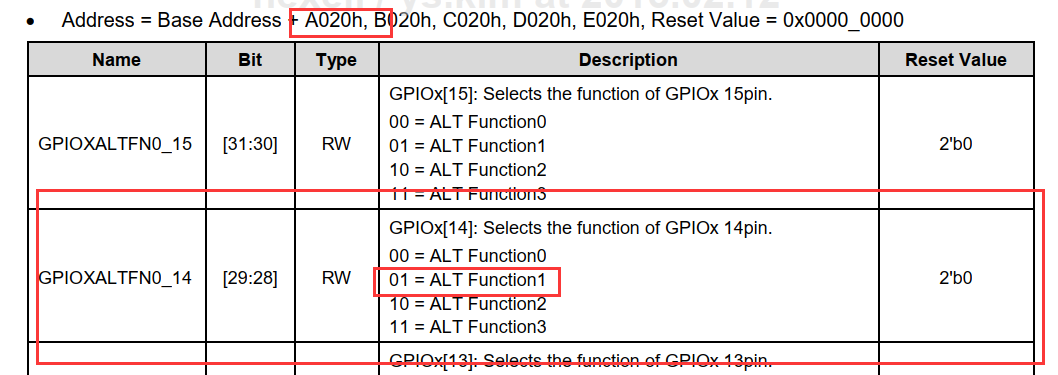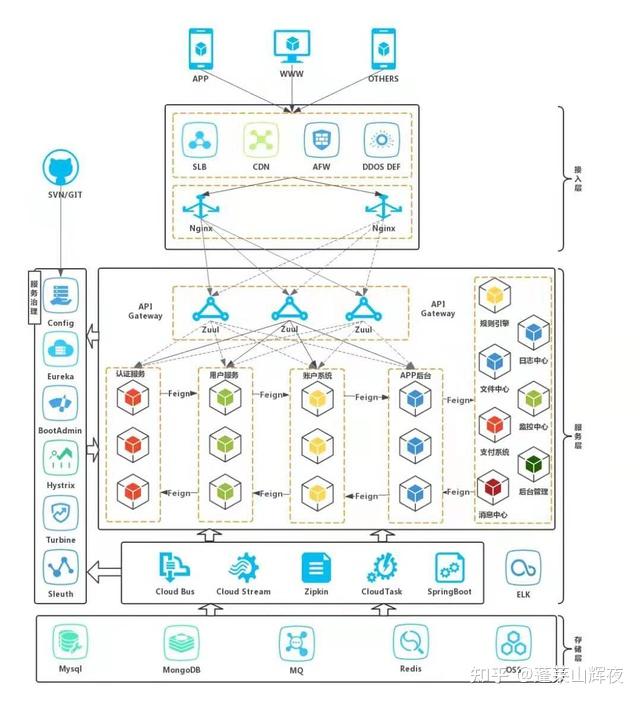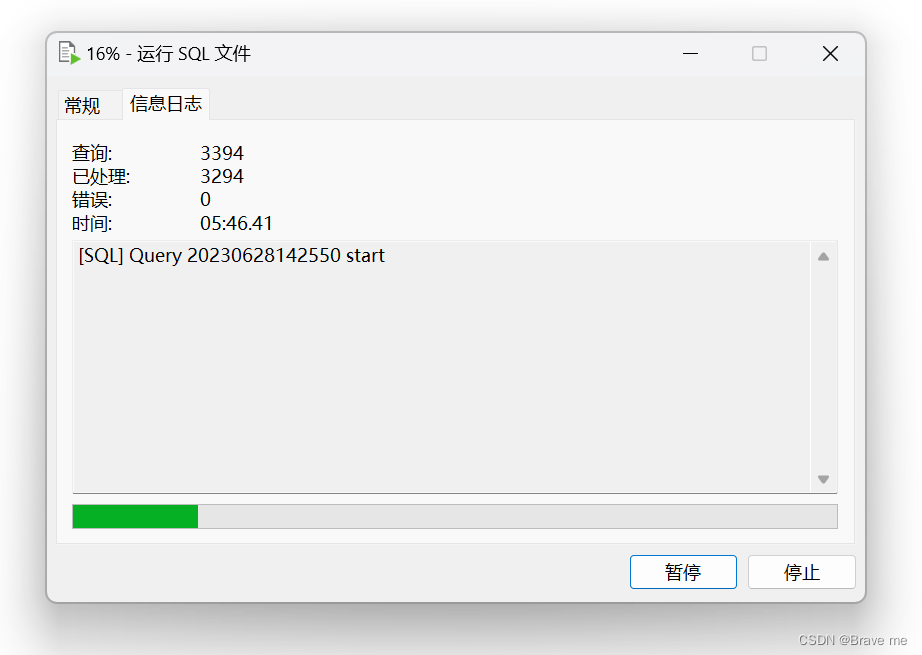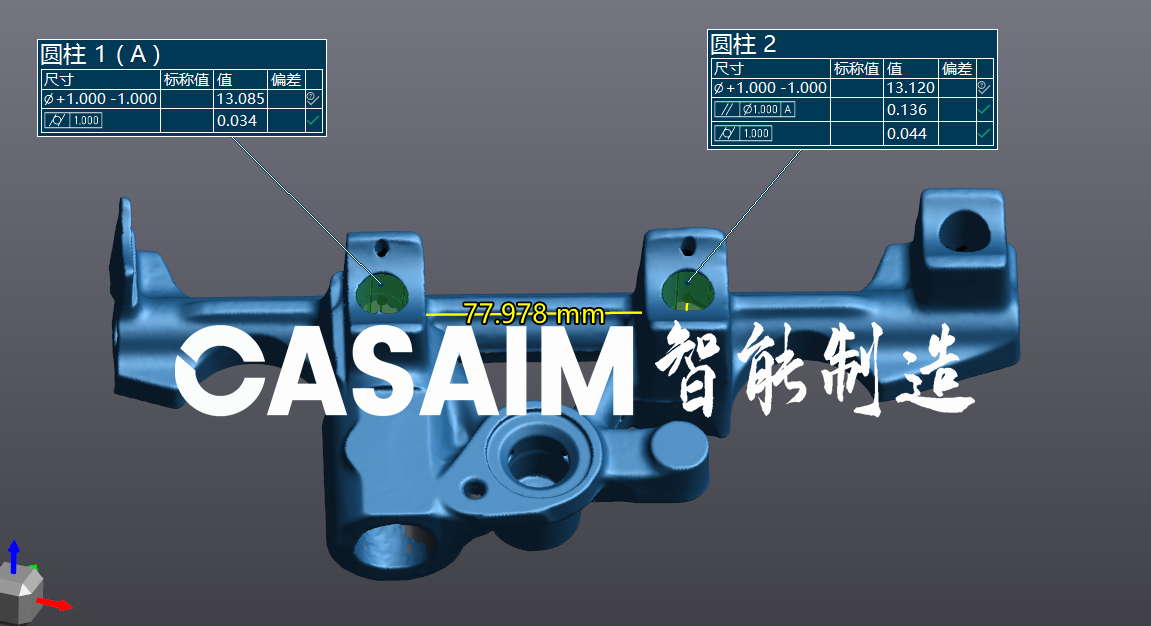你真的学透单例模式了吗
一、概述
单例模式(Singleton Pattern)指确保一个类在任何情况下都绝对只有一个实例,并提供一个全局访问点,属于创建型设计模式
二、类图

三、通用写法
public class SingletonTest {
public static void main(String[] args) {
Singleton instance = Singleton.getInstance();
}
static class Singleton {
private static final Singleton instance = new Singleton();
private Singleton() {
}
public static Singleton getInstance() {
return instance;
}
}
}
四、单例模式相关问题
4.1 饿汉式单例写法弊端
饿汉式单例写法在类加载的时候立即初始化,并且创建单例对象。
它绝对线程安全,在线程还没出现之前就实例化了,不可能存在访问安全问题。
饿汉式单例还有另外一种写法,代码如下:
public class SingletonTest {
public static void main(String[] args) {
Singleton instance = Singleton.getInstance();
}
static class Singleton {
private static final Singleton instance;
static {
instance = new Singleton();
}
private Singleton() {
}
public static Singleton getInstance() {
return instance;
}
}
}
这种写法使用静态块的机制,非常简单也容易理解。饿汉式单例写法适用于单例对象较少的情况。
这样写可以保证绝对线程安全,执行效率比较高。但是它的缺点也很明显,就是所有对象类在加载的时候就实例化。这样一来,如果系统中有大批量的单例对象存在,而且单例对象的数量也不确定,则系统初始化时会造成大量的内存浪费,从而导致系统内存不可控。
4.2 懒汉式单例写法
class LazySingleton {
private LazySingleton() {
}
private static LazySingleton lazy = null;
public static LazySingleton getInstance() {
if (lazy == null) {
lazy = new LazySingleton();
}
return lazy;
}
}
如果两个线程在同一时间同时进入getInstance()方法,则会同时满足if(null== instance)条件,创建两个对象。如果两个线程都继续往下执行后面的代码,则有可能后执行的线程的结果覆盖先执行的线程的结果。
那么如何解决呢?
给getInstance()方法加上synchronized关键字,使这个方法变成线程同步方法即可。
class LazySingleton {
private LazySingleton() {
}
private static LazySingleton lazy = null;
public synchronized static LazySingleton getInstance() {
if (lazy == null) {
lazy = new LazySingleton();
}
return lazy;
}
}
虽然这样能完美解决问题,但是如果在线程数量剧增的情况下,用synchronized加锁,则会导致大批线程阻塞,从而导致程序性能大幅下降。
那么我们将其改造为双重检查锁单例写法:
class LazySingleton {
private LazySingleton() {
}
private static LazySingleton lazy = null;
public static LazySingleton getInstance() {
//检查是否要创建
if (lazy == null) {
synchronized (LazySingleton.class) {
//再次检查,避免有多个线程同时进入上面的if代码块,避免指令重排序问题
if (lazy == null) {
lazy = new LazySingleton();
}
}
}
return lazy;
}
}
那么这个方案完美了吗?
其实并不,我们还可以通过反射来强行创建不同实例对象
public static void main(String[] args) {
try {
//通过反射获取构造方法
Constructor constructor = LazySingleton.class.getDeclaredConstructor(null);
//强制访问私有方法
constructor.setAccessible(true);
Object o1 = constructor.newInstance();
Object o2 = constructor.newInstance();
System.out.println(o1==o2);//结果为false,单例失效
} catch (Exception e) {
e.printStackTrace();
}
}
接下来就是终极单例大法了,利用Java语法默认不加载内部类的特性:
public class LazyStaticInnerClassSingleton {
private LazyStaticInnerClassSingleton() {
if (LazyHolder.INSTANCE != null) {
throw new RuntimeException("休想通过特殊手段调用我的私有构造");
}
}
private static LazyStaticInnerClassSingleton getInstance() {
return LazyHolder.INSTANCE;
}
/**
* 默认不加载内部类
*/
private static class LazyHolder {
private static final LazyStaticInnerClassSingleton INSTANCE = new LazyStaticInnerClassSingleton();
}
}
那么这真的就是终极大法了吗?其实还有骚操作.
枚举式单例写法:
public enum EnumSingleton {
INSTANCE;
private Object data;
public Object getData(){
return data;
}
public void setData(Object data){
this.data = data;
}
public static EnumSingleton getInstance(){
return INSTANCE;
}
}
public static void main(String[] args) {
EnumSingleton instance1 = EnumSingleton.getInstance();
EnumSingleton instance2 = EnumSingleton.getInstance();
System.out.println(instance1 == instance2); //结果为true
}
实在不想分析原因了,秃了秃了…
反编译EnumSingleton源码可以发现:

原来,枚举式单例写法在静态块中就对INSTANCE进行了赋值,是饿汉式单例写法的实现。
那么到此,还有办法破坏单例吗?其实还有!!!
可以通过反序列化的方式破坏枚举式单例写法:
一个单例对象创建好后,有时候需要将对象序列化然后写入磁盘,当下次使用时再从磁盘中读取对象并进行反序列化,将其转化为内存对象。反序列化后的对象会重新分配内存,即重新创建。如果序列化的目标对象为单例对象,则违背了单例模式的初衷,相当于破坏了单例模式
那么,如何保证在序列化的情况下也能够实现单例模式呢?其实很简单,只需要增加readResolve()方法即可。
至于原因嘛,自己去看源码吧,不说了不说了!


